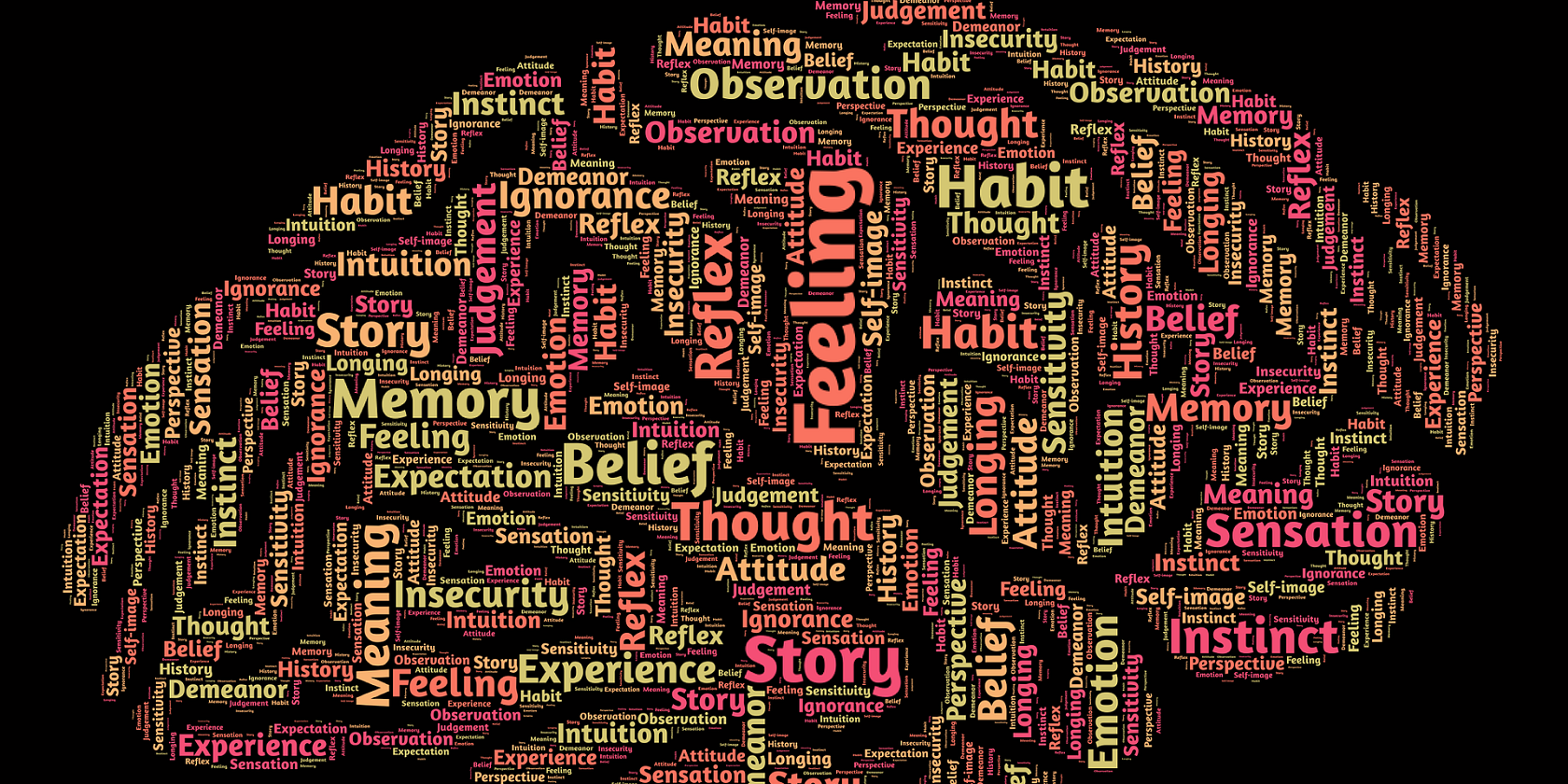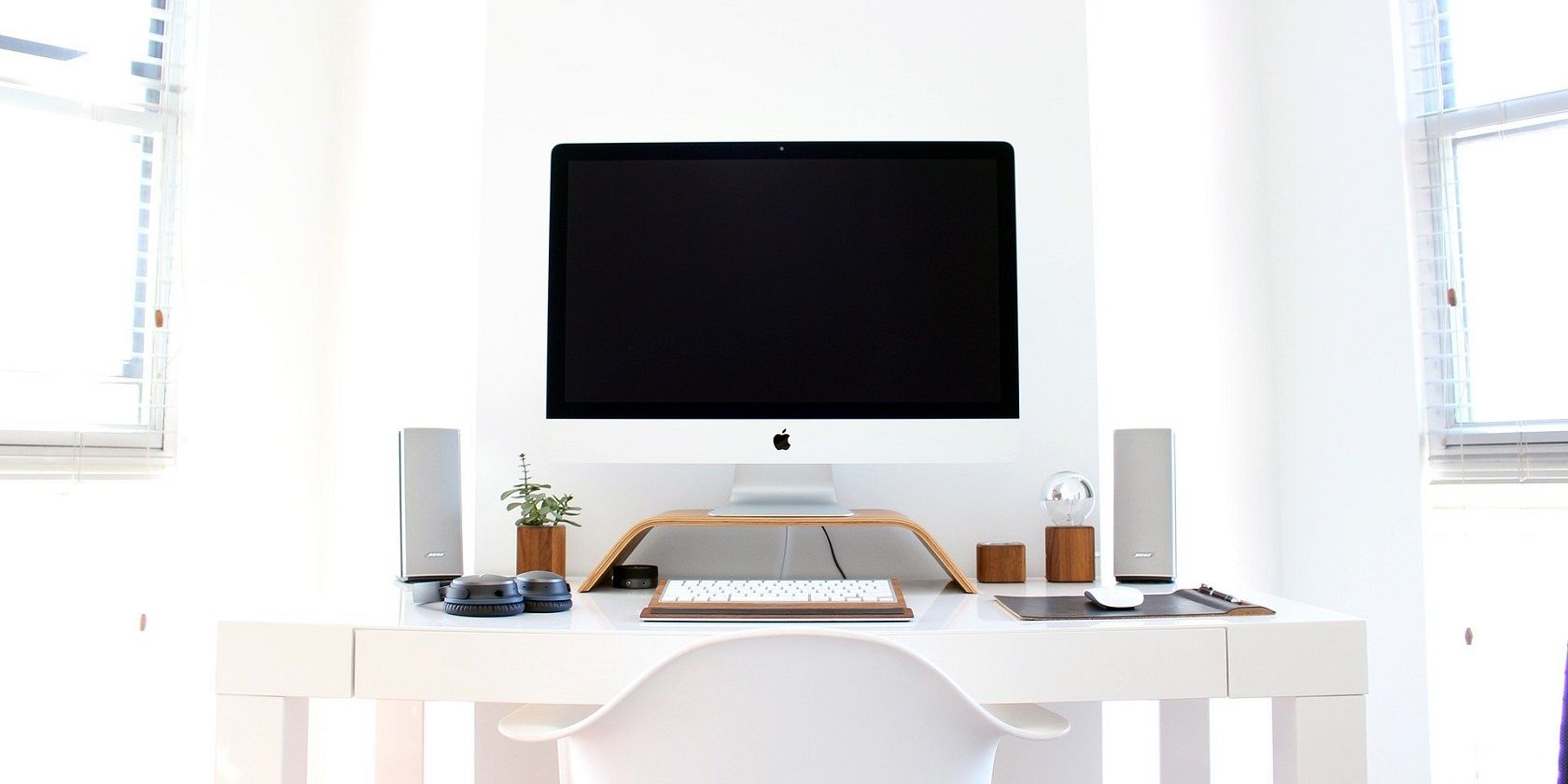Attention management is the practice of controlling distractions, being present in the moment, finding flow, and maximizing focus so that you can unleash your potential. It refers to models and tools for supporting the management of attention at the individual or at the collective level, and in the short or longer-term.
Better attention management leads to improved productivity and taking back control over your time and your priorities. Discussed below are several ways to improve your attention span.
Break the Multitasking Myth
Many believe multitasking is a valuable job skill. However, various studies suggest that human multitasking is a myth. It takes a toll on your productivity and brain health. Computers multitask (that’s where the term multitask comes from). Human brains do not.
Multitasking significantly increases the production of cortisol—the stress hormone, as well as the fight-or-flight hormone called adrenaline. This explains, in part, why multitaskers often feel mentally foggy and overwhelmed.
Here are some ways to increase your attention towards tasks and reduce the stress you tend to create by multitasking:
- Schedule your work. Your brain will be most creative in the morning so categorize those kinds of tasks for the morning. Take short breaks before moving on to your next tasks.
- Reduce your nervousness in responding to emails. Prioritize your responses so you won’t be too stressed (and this also “trains” others not to expect immediate responses).
- Technology has allowed us to work anywhere. That doesn’t mean you should. Close your email, turn off the phone, and put down the unneeded tech while you are working.
Studies suggest that a person can complete one task at a time with better productivity and accuracy than multiple tasks at the same time.
Control Your Technology
We have to understand the fact that technology is there to serve us not the other way around. You’ll be able to do more focused work if you give yourself a fighting chance against technological distractions.
These are some recommended steps where you can mitigate the effect of your technological distraction:
- Leverage the "Do Not Disturb" feature on your devices: You can set your phone not to ring during periods you choose or to allow calls only from certain numbers.
- Switch on Airplane Mode: Lack of sleep is also coupled to our technology craving where we are tempted to check our phones whenever we wake up in the middle of the night. Turn off the internet connectivity on your phone and other devices before you go to bed.
- Turn off notifications and alerts: Refrain yourself from checking your phone for every unwanted notification.
- Reduce your screen time: Digital screens can drain all your attention. Read a book or go out for a walk which will help you focus better on the tasks.
If there is one technology to increase your productivity, there’s another to take it away. Only you get to decide which can have the upper hand over the other.
Control Your Environment
The environment around you has a major impact on your attention and focus. Whether it’s your messy desk or an annoying neighbor, everything you see and interact with has a direct impact on your attention.
The following are some tips that might help you to control the environment around you for better focus:
- Organize your workspace: Whether it’s your office desk space or a work from home setup, spend the first 10 minutes of your work-day organizing your desk in a way it is accessible for your daily tasks.
- Proper communication verbally and non-verbally: Communicate to your neighbors about your tasks, through a literal "do not disturb" sign or by putting on your headphones. You can even close the door if you can or it could be all of the above if you need.
- Design your surrounding: This could be buying an office plant or a small fish tank which would ease your stress whenever your look at them.
Manage Internal Distractions
A Harvard study stated that we spend almost 50% of our waking time thinking about something other than what we are supposed to be doing. This can include: contemplating events that happened in the past, might happen in the future, or may never happen at all.
The first step in managing internal distractions involves recognizing the factor which causes your mind to slip out of thought and then reducing or putting a stop to it. Example: When you feel a desire to check your Facebook newsfeed every ten minutes, take a deep breath and purposely choose not to react to it.
Start building productive habits that’ll train your brain to stay focused by gradually increasing your level of concentration.
You can begin with the Pomodoro Method. The idea is to set a timer of 20 minutes and stay completely focussed for those 20 minutes. Then reward yourself with whatever distraction you want for a small allotted period of time of 5 minutes and thus repeat the cycle. You can allot whatever time you desire to the work and break slots.
Your mind is like a muscle, like every other muscle in your body you need to keep exercising it.
Practice Focus Exercises
You can’t certainly sharpen your attention overnight. It requires practice and there are some focus exercises that could turn into a habit:
- Meditation: Meditation helps to keep you calm, compose, and collected. Studies show that mindfulness meditation can significantly increase your attention span. A good 10 to 20 minutes of meditation will refresh your mind and you’ll start to see improvements in just a week. Use these meditation apps to begin the journey.
- Breathing exercises: Find a comfortable position to sit with your back straight. Inhale through your nose for four counts. Purse your lips and gently release the air as if you are blowing through a straw. Repeat the process for five to 10 minutes to release your anxieties.
- Eye exercises: Face a blank wall, hold your thumb at arm's length, and focus on it for 10-15 seconds. Then focus on an object 20 feet away for 10-15 seconds. This exercise will help you take a break from the screen and increase your attention level.
Control Your Attention to Control Your Life
Don’t allow distraction to derail your aspirations and intentions. As you start to build your “attention muscles” through habits like those above, you’ll devote more of yourself to what’s really important to you and start to reclaim your life.






